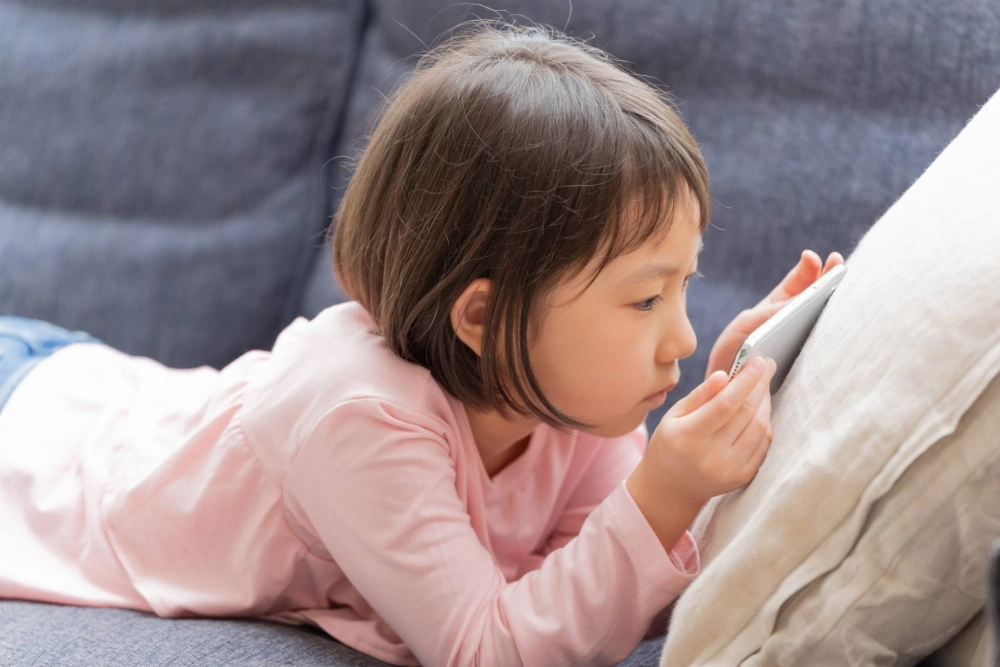This year, several countries took steps to address the harms of social media.
Brazil’s Supreme Court banned X for six weeks after a row over disinformation and anti-democratic speech, and Australia announced plans to bar minors from social networks entirely. In June, United States Surgeon General Vivek Murthy wrote that such sites should come with a warning label because they are “associated with significant mental health harms for adolescents.”
Surprisingly, in Japan, there has not been much discussion of such negative impacts, despite the country grappling with severe mental health issues in children. Japan is the only the Group of Seven member in which suicide is the most common cause of death among teens and people in their 20s, and registered cases of bullying in elementary, junior high and high schools hit a record high of over 730,000 last year, with the number of cyberbullying cases also on the rise.


















With your current subscription plan you can comment on stories. However, before writing your first comment, please create a display name in the Profile section of your subscriber account page.